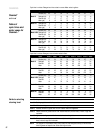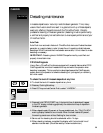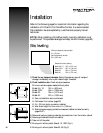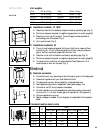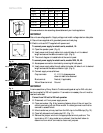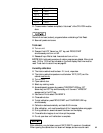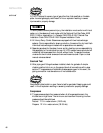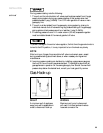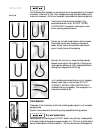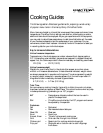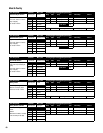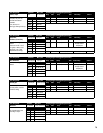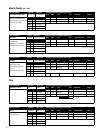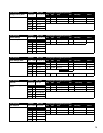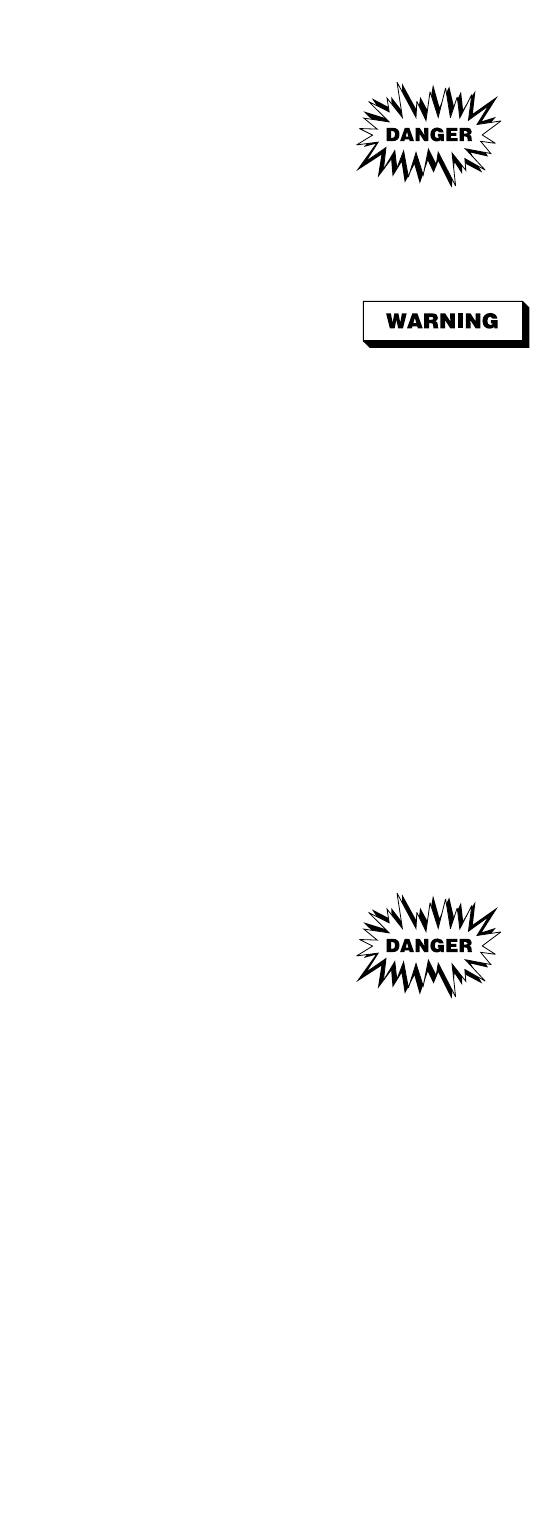
DO NOT attempt to use any type of gas other than that specified on the data
plate. Incorrect gas supply could result in fire or explosion resulting in severe
injuries and/or property damage.
To avoid possible serious personal injury, the installation must conform with local
codes, or in the absence of local codes, with the National Fuel Gas Code, ANSI
Z223.1-1988 or latest edition. In Canada, CAN/CGA-B 149.1 Natural Gas
Installation Code CAN/CGA-B 149.2 Propane Installation Code.
■ All Henny Penny Combi-Steamers are equipped with two heat exchanger
systems. One is responsible for steam production, the second for dry heat. Each
individual heat exchanger is heated with a separate burner assembly.
■ Separate gas valves for the steam burner and dry heat burner are responsible for
the gas supply to the individual burners. All LCG models have manual shut-off
valves that can be accessed from the left without tools. To operate the valves,
unscrew the two knurled screws and remove the service cover. Open or close
manual valves as desired.
Gas Leak Test
■ After piping and fittings have been installed, check for gas leaks. A simple
checking method is to turn on the gas and brush all connections with a soap
solution. The appearance of bubbles indicates escaping gas. In this event, the
piping connection must be redone until no bubbles occur.
Never use a lighted match or open flame to test for gas leaks. Escaping gas could
result in fire or explosion resulting in severe injuries and/or property damage.
Gas pressure
■ The gas pressure should be measured when all other gas appliances in the
kitchen are on high flame. The minimum and maximum incoming line flow
pressures should be as follows:
Natural: 7-10 in. water column (18-25 mb)
Propane: 12-14 in. water column (30-35 mb)
INSTALLATION
continued
65



